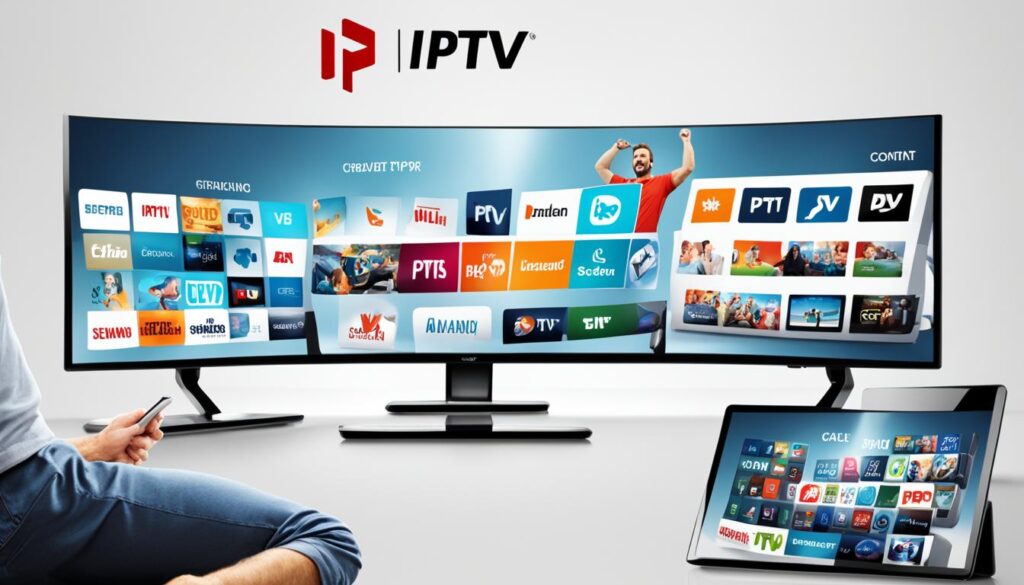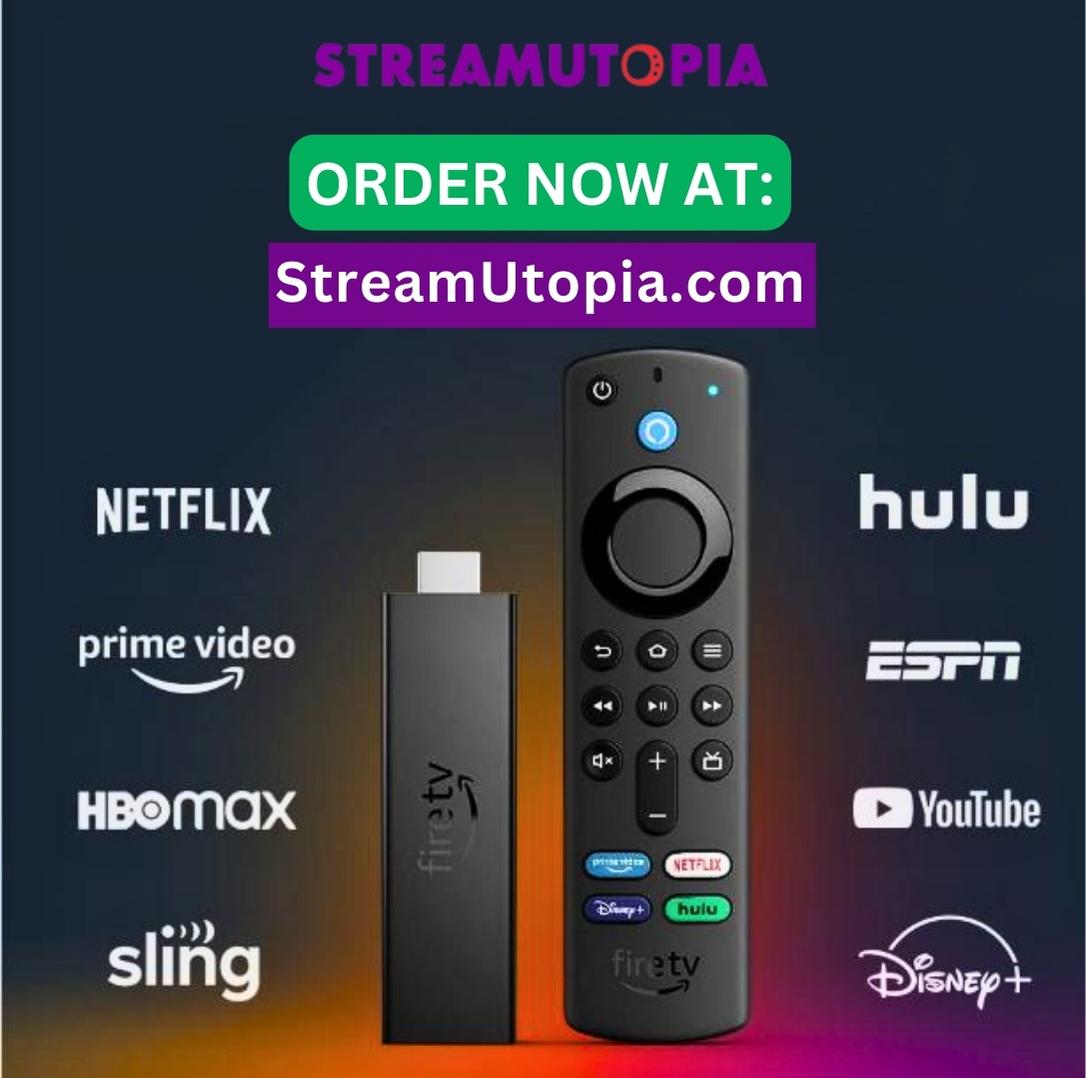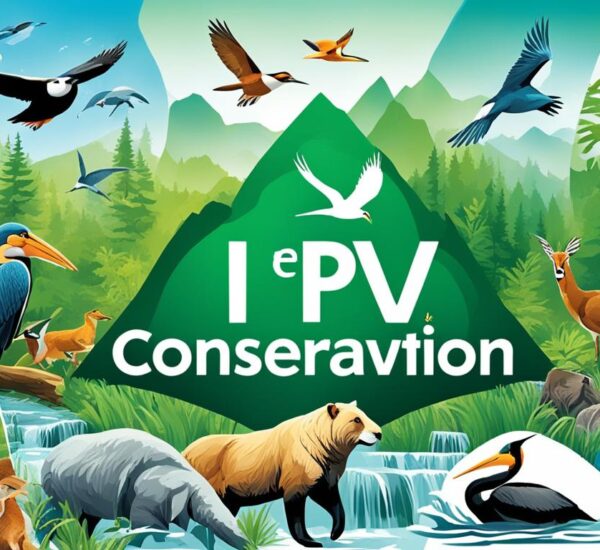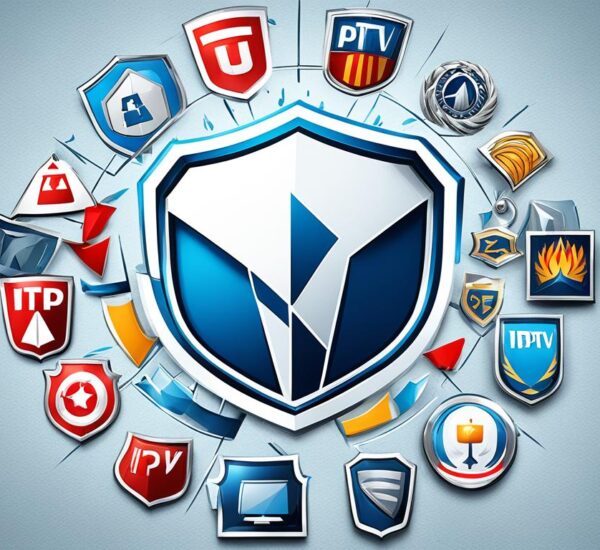Did you know that the market value of IPTV, or Internet Protocol Television, is predicted to double by 2029? With the rise of streaming services and the increasing demand for online video content, IPTV has become an essential part of our digital technology landscape. Whether you’re a media enthusiast or looking to develop your digital skills, understanding IPTV and its impact on media consumption is crucial.
Key Takeaways:
- IPTV, or Internet Protocol Television, delivers television or video content over the internet.
- Streaming services like Netflix and Hulu are leading the way in providing IPTV content.
- IPTV offers increased flexibility, allowing users to watch their favorite shows on demand and across multiple devices.
- It provides high-quality video and audio content, enhancing the learning experience in digital literacy.
- While IPTV poses challenges such as technical, legal, and pedagogical issues, careful planning and implementation can maximize its benefits.
What is IPTV?
IPTV, or Internet Protocol Television, is a revolutionary way to deliver television or video content to viewers through the internet. Unlike traditional cable or satellite TV, IPTV utilizes streaming services to provide a wide range of TV shows, including live TV, catch-up TV, and video on demand (VOD). It shares similarities with popular streaming platforms like Netflix and Hulu but focuses specifically on delivering TV shows, making it an ideal choice for those looking for diverse programming options.
With IPTV, viewers can access their favorite TV shows and enjoy an immersive, on-demand viewing experience. Whether it’s binge-watching the latest series, catching up on missed episodes, or finding new syndicated shows, IPTV provides a seamless streaming experience right at your fingertips.
One of the key differences between IPTV and traditional TV is the delivery system. Rather than relying on cable or satellite infrastructure, IPTV leverages the internet to transmit content. This allows for greater flexibility and accessibility, as viewers can use any internet-enabled device, such as smart TVs, computers, tablets, or smartphones, to access their preferred IPTV service.

This image depicts the convenience and flexibility of IPTV streaming. It showcases a person using a tablet to access IPTV content, highlighting the convenience and versatility of this digital technology.
| Benefits of IPTV | Challenges of IPTV |
|---|---|
|
|
IPTV offers numerous benefits, including access to a vast array of TV shows, flexible viewing options, and on-demand content. Additionally, IPTV provides high-quality streaming and personalized recommendations to enhance the viewer’s experience.
However, there are also challenges associated with IPTV. Technical issues such as network stability and device compatibility may arise. Legal constraints related to content ownership and copyright must also be taken into account. Pedagogical considerations, such as instructional design and support, are crucial for effective digital literacy. Content management plays a vital role in ensuring accurate, high-quality, and relevant content, while privacy concerns need to be addressed to protect user data.
Key Features of IPTV:
- Live TV streaming
- Catch-up TV
- Video on demand (VOD)
- Customizable playlists
- Intuitive user interface
- Multiple device compatibility
Popular IPTV Providers:
- Netflix
- Hulu
- Disney+
- Amazon Prime Video
These well-known streaming services offer a vast library of TV shows and cater to a wide range of audience preferences. Their user-friendly interfaces, diverse content offerings, and reliable streaming capabilities make them popular choices for IPTV.
How Does IPTV Work?
IPTV, or Internet Protocol Television, operates by delivering content through IP networks. This technology enables the transmission of television and video content in real-time or on-demand. Viewers can access IPTV through a broadband internet connection, allowing them to enjoy their favorite shows conveniently and efficiently.
For older television models, a set-top box may be required to receive the IPTV signal. These devices decode and display the IPTV streams on traditional TVs. On the other hand, newer smart TVs come with built-in IP support, eliminating the need for additional equipment.
IPTV relies on various protocols and architectures to deliver content seamlessly. These include multicast, unicast, and adaptive bitrate streaming. Multicast allows for efficient content distribution to multiple users simultaneously, reducing the strain on IP networks. Unicast delivers content individually to each viewer, ensuring personalized streaming experiences. Adaptive bitrate streaming adjusts the quality of the content based on the viewer’s internet connection, delivering optimal viewing experiences across different devices.
Benefits of IPTV for Digital Literacy
IPTV offers several benefits for enhancing digital literacy. By utilizing this technology, learners can access high-quality video and audio content that is engaging and motivating, ultimately enhancing the learning experience. With IPTV, learners have the flexibility to access a wide range of streaming content, including educational videos and interactive features, such as quizzes, polls, and forums.
One of the key advantages of IPTV is its flexibility and personalization. With the ability to access content at any time and choose what to watch, learners can tailor their learning experience to their individual needs and preferences. Whether it’s revisiting a specific topic or exploring new areas of interest, IPTV provides the freedom to learn at your own pace.
Moreover, IPTV is a cost-effective solution for producing and delivering content. With traditional methods, the production and distribution costs can be prohibitive. However, IPTV allows content creators to reach a large audience without the need for physical media or expensive infrastructure. This makes it an accessible and affordable option for educational institutions and organizations looking to share knowledge and information.
Additionally, IPTV enables interactive features that promote active learning. Learners can engage in real-time feedback, collaboration, and assessment, fostering a dynamic and participatory learning environment. This interactivity not only enhances knowledge retention but also encourages critical thinking and problem-solving skills.
Overall, IPTV provides a multitude of benefits for digital literacy, offering high-quality streaming video content, interactive features, flexibility, personalization, and cost-effectiveness. This technology empowers learners to explore and engage with educational content, opening up endless opportunities for knowledge acquisition and skill development.

Challenges of IPTV for Digital Literacy
While IPTV offers numerous benefits for digital literacy, it is not without its share of challenges. Addressing technical, legal, pedagogical, and content management issues is crucial to ensure a seamless and secure learning experience. Let’s take a closer look at these challenges:
Technical Issues
Network infrastructure, bandwidth limitations, and device compatibility can pose hurdles when implementing IPTV for digital literacy. Ensuring a stable and reliable network connection is essential for uninterrupted streaming and access to educational content. Additionally, optimizing IPTV platforms to be compatible with a wide range of devices can enhance accessibility and convenience for learners.
Legal Issues
As with any digital content, legal and ethical issues may arise when using IPTV for digital literacy. Content ownership, copyright infringement, and privacy concerns are areas that require careful consideration. Educators and content creators must navigate these legal complexities to ensure compliance and protect the rights of all stakeholders involved.
Pedagogical Issues
Implementing IPTV effectively for digital literacy requires thoughtful instructional design and support. Considering the diverse needs of learners, creating engaging, interactive, and accessible content is paramount. Pedagogical strategies should be employed to foster active learning, collaboration, and critical thinking, thereby maximizing the educational impact of IPTV.
Content Management
Managing and curating content for IPTV platforms can be a demanding task. Ensuring quality, accuracy, and relevance of the educational content is essential for maximizing the learning outcomes. Content creators must develop effective strategies for content organization, metadata tagging, and content updates to maintain a dynamic and up-to-date learning environment.
Privacy
Privacy concerns can arise when using IPTV platforms for educational purposes. Safeguarding personal information and adhering to privacy regulations is crucial for maintaining trust and protecting learners’ data. Security measures such as encryption, access controls, and data anonymization should be employed to ensure the privacy of users.

| Challenges | Description |
|---|---|
| Technical Issues | Network infrastructure, bandwidth, and device compatibility |
| Legal Issues | Content ownership, copyright, and privacy concerns |
| Pedagogical Issues | Diverse learner needs and engaging instructional design |
| Content Management | Quality, accuracy, relevance, and organization of content |
| Privacy | Safeguarding personal information and data privacy |
Best Practices for IPTV in Digital Literacy
When it comes to optimizing IPTV content delivery for digital literacy, careful planning and design play a crucial role. Consider key factors such as learning objectives, target audience, format, style, and technical requirements to ensure a seamless learning experience. Here are some best practices to keep in mind:
- MultiMedia and Interactive Elements: Integrate multimedia elements such as images, videos, animations, and audio into your IPTV content. This not only enriches the learning experience but also ensures engagement and interactivity. Incorporate interactive features like quizzes, polls, and discussions to promote active participation and knowledge retention.
- Adaptive Content Delivery: Take advantage of IPTV’s flexibility to deliver adaptive content based on network conditions and user devices. This ensures that learners receive optimized video quality and seamless playback, regardless of their internet connection or device capabilities.
- Analytics Integration: Utilize analytics tools to measure the performance of your IPTV content and gain valuable insights into learner behavior. Analyze data such as viewing patterns, engagement rates, and completion rates to refine your content and delivery strategies. Continuous analysis and optimization will improve the overall effectiveness of your digital literacy program.
- Feedback and Data Collection: Collect feedback from learners to understand their preferences, challenges, and areas for improvement. Additionally, gather relevant data to assess the impact and effectiveness of your IPTV content. This feedback loop will help you make informed decisions and enhance the learning experience.
Incorporating these best practices into your IPTV content delivery strategy will ensure a successful digital literacy program. By providing engaging, adaptive, and data-driven content, you can effectively enhance learners’ media skills and promote a deeper understanding of digital technologies.

Tips for Effective IPTV in Digital Literacy
When it comes to delivering IPTV content for digital literacy, there are several tips and strategies that can enhance the learning experience. By incorporating multimedia elements, utilizing interactivity, adapting content, ensuring accessibility, and leveraging analytics, educators and learners can make the most of IPTV. Let’s explore these tips further:
1. Enrich the Content with Multimedia Elements
To captivate learners’ attention, consider using multimedia elements such as images, animations, and audio. Visuals can enhance comprehension and retention, while animations can simplify complex topics. Audio can provide additional context and engagement. Incorporating these elements can make the content more engaging, interactive, and memorable.
2. Engage Learners with Interactive Features
Make the learning experience dynamic by incorporating interactive features. Quizzes, polls, and forums can encourage active participation, collaboration, and critical thinking. Interactive elements foster engagement and enable learners to apply their knowledge, enhancing their digital literacy skills.
3. Adapt Content for Accessibility
Accessibility is crucial when delivering IPTV content for digital literacy. Adapt the content to different network conditions and user devices to ensure everyone can access it. Provide captions, subtitles, and descriptions for video content to make it accessible for learners with hearing impairments or those who prefer to consume content with captions.
4. Leverage Analytics for Continuous Improvement
Analytics is a powerful tool for measuring and optimizing the performance of IPTV content. By analyzing data on learner behavior, preferences, and performance, educators can gain valuable insights into how to improve the content and delivery methods. Analytics can help identify areas for improvement, monitor engagement levels, and guide decision-making for future content development.
5. Ensure Digital Literacy in a Multimodal World
In the context of digital literacy, it’s essential to provide content that caters to various learning preferences and styles. Consider offering content in different formats, such as written material, videos, podcasts, and interactive modules. This multimodal approach ensures that learners with different preferences can engage with the material effectively and develop well-rounded digital literacy skills.

By incorporating these tips into the delivery of IPTV content, educators can create engaging and effective learning experiences for digital literacy. The combination of multimedia elements, interactivity, adaptive content, accessibility, and analytics ensures that learners can develop their digital skills in a meaningful and impactful way.
| Tips for Effective IPTV in Digital Literacy |
|---|
| Use multimedia elements like images, animations, and audio to enrich the content. |
| Incorporate interactive features such as quizzes, polls, and forums to engage learners. |
| Adapt the content to different network conditions and user devices to ensure accessibility. |
| Provide captions, subtitles, and descriptions to make the content accessible to all learners. |
| Use analytics to measure performance and gain insights into learner preferences and behavior. |
IPTV Providers for Digital Literacy
When it comes to accessing a wide range of content for digital literacy, there are numerous IPTV providers available. These providers offer various streaming services that cater to different interests and preferences. Some of the major IPTV providers in the market include Netflix, Hulu, Google, Apple, and AT&T. These industry giants have revolutionized the way we consume media and have contributed significantly to digital literacy.
In addition to the major players, there are also other popular IPTV providers to consider. Roku, for example, offers a versatile streaming platform that allows users to access a variety of channels and services. YouTube, the world’s largest video-sharing platform, also provides a wealth of educational content that can enhance digital literacy skills.
Furthermore, there are smaller or niche IPTV companies that specialize in specific types of content or cater to certain audiences. These providers offer unique perspectives and cater to diverse learning needs. Some examples of these companies include Amazing TV, FalconTV, SelectTV, and Xtreme HD IPTV. These providers may offer specialized content in areas such as educational programming, documentaries, or language learning.
With the plethora of IPTV providers available, users have an extensive selection of content to choose from. Whether you’re interested in documentaries, educational programs, or language courses, there is an IPTV provider to suit your digital literacy needs. Explore the different offerings and find the provider that aligns with your interests and goals.
| IPTV Providers | Specialization |
|---|---|
| Netflix | Wide range of movies, TV shows, and documentaries |
| Hulu | Popular TV series, original content, and movies |
| YouTube Premium subscription service and original content | |
| Apple | Apple TV+ original content and exclusive shows |
| AT&T | Live TV streaming and on-demand content |
| Roku | Versatile streaming platform with a wide range of channels |
| YouTube | Diverse content including educational videos and tutorials |
| Amazing TV | Specialized educational programming and documentaries |
| FalconTV | Wide range of channels and on-demand content |
| SelectTV | Vast library of movies, shows, and live TV |
| Xtreme HD IPTV | HD channels and sports content |
Conclusion
IPTV, or Internet Protocol Television, is revolutionizing the way we consume media and develop our digital skills. With its ability to provide high-quality content and interactive features, IPTV enhances digital literacy and offers numerous benefits. However, it also poses challenges that need to be addressed for optimal utilization.
By carefully planning and implementing IPTV strategies and following best practices, educators and learners can make the most of this powerful tool. Effective content delivery, incorporating multimedia elements and interactivity, and ensuring accessibility are key factors for success. Additionally, utilizing analytics to measure performance and gain insights into learners’ preferences and behavior can further enhance the digital literacy experience.
With the increasing popularity of streaming services and the constant evolution of digital technology, IPTV will continue to play a significant role in shaping our media consumption habits and digital skills development. It is an exciting era in which IPTV is transforming the educational landscape and providing new opportunities for learning and engagement.
FAQ
What is IPTV?
How does IPTV work?
What are the benefits of IPTV for digital literacy?
What are the challenges of IPTV for digital literacy?
What are the best practices for IPTV in digital literacy?
What are some tips for effective IPTV in digital literacy?
Who are some IPTV providers for digital literacy?
How can IPTV enhance digital literacy?
What is the future of IPTV in digital literacy?






